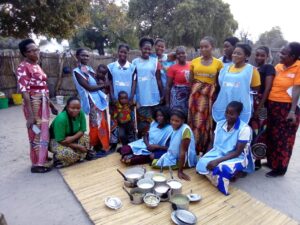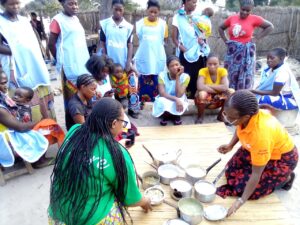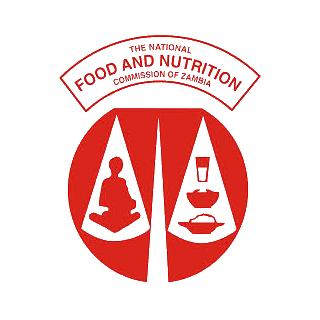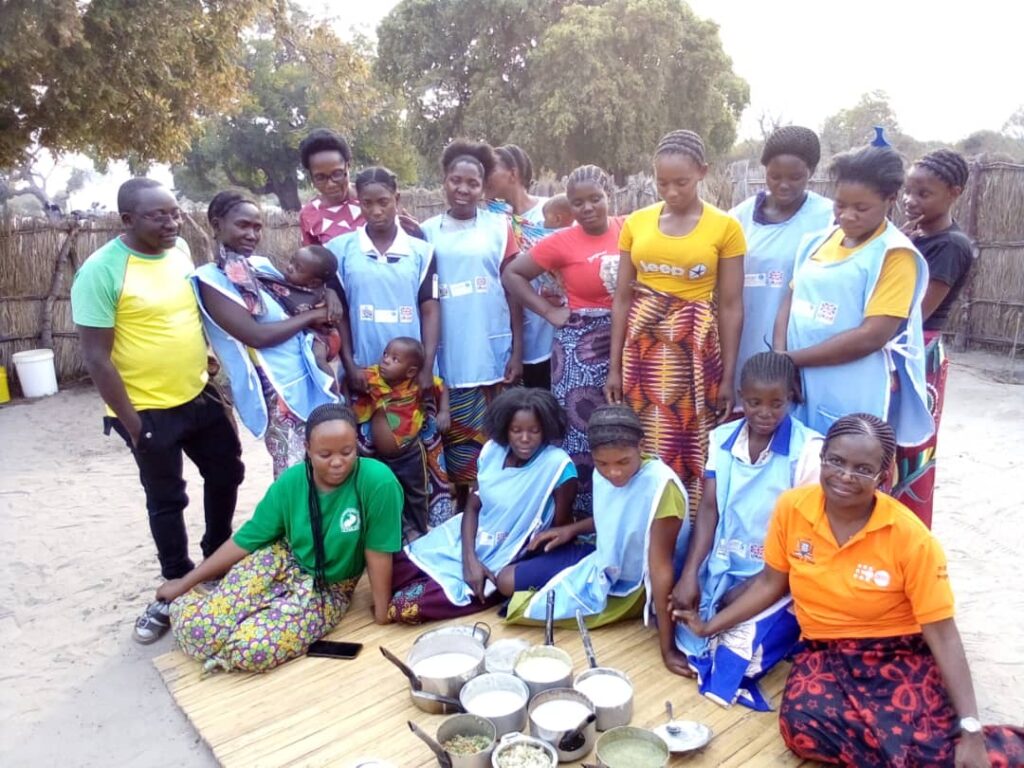By Nancy Mukelabai
Government of the Republic of Zambia with support from cooperating partners is committed to further strengthening research in nutrition and food systems in order to facilitate formulation of appropriate interventions. This is in a bid to achieve positive results in the process of reducing the percentages of the forms of malnutrition such as stunting, wasting and underweight. Other interventions will focus on strengthening the institutional and sustainable food systems.
These measures are contained in the Eighth National Development Plan strategic area two on human and social development, under development area two on improved health, food and nutrition. Apart from the plans in the Eighth National Development Plan, government is also committed to enhancing the implementation of the multi-sectoral response on food security and nutrition as envisioned by the National Food and Nutrition Policy as well as the National Food and Nutrition Act, among other blueprints.
The National Food and Nutrition Commission (NFNC), through the Scaling-Up Nutrition movement, has prioritized a number of interventions to be scaled up through the various implementing sectors. With these interventions, it is expected that the prevalence of stunting among children below the age of 5 years will reduce to 20 percent by the year 2025 as envisioned by the World Health Assembly. The ambitious target is against Zambia’s stunting level of 30.2 percent, according to the 2019 baseline survey conducted by Scaling Up Nutrition Learning and Evaluation (SUN LE), while that of Kalabo district stands at 29.1 percent.
In Kalabo district of Western province, the Ministries of Agriculture and Health, together with NFNC, have been conducting programs in relation to phase two of the 1st 1000 Most Critical Days Program (MCDP II) priority intervention of increasing year round production, preservation, processing and utilization of nutritious foods. One of the activities conducted in the district is the promotion of cooking demonstrations in the wards through the Nutrition Support Groups (NSGs). The NSG which comprise of dedicated peer-peer mother group promoters and volunteers is a model which serves as a platform for linking target beneficiaries to service providers.
The model further seeks to achieve multisectoral convergence of interventions to the target beneficiaries for maximum impact on stunting reduction as well as achieve social behavioural change at household level. The mother groups also seek to reach each and every pregnant and lactating mother with children of two years of age and below.
According to one of the beneficiaries, Ireen Nyambe Mwalyana, cooking demonstrations and preparation of locally available foods play a positive impact on the consumption of nutritional dense foods among children and mothers. Ms Mwalyana of Katekwe village in Lukena area of Liuwa constituency is also a Nutrition Support Group (NSG) volunteer of Shine NSG and has 22 households of pregnant and lactating mothers under her care which she monitors and visits every month. Ms Mwalyana is happy to share her appreciation of the cooking demonstrations of locally available foods.
“I never knew that dry fish and fresh vegetables can be pounded and added to porridge for a baby who is above 6 months of age to eat. Our mothers in these villages just know about pounded groundnuts being added to porridge or vegetables for consumption. We have learnt (about) diverse preparation methods of locally available foods which are so nutritious to our children. It is a gradual change which takes time, but slowly we are getting there as mothers are appreciating the lessons,” she said.
Nakufa Mulilo of Luola ward in Liuwa constituency is another beneficiary. Ms Mulilo who is a mother of a 6-months old baby has explained that the cooking demonstrations have enlightened her knowledge on the importance and goodness of consuming locally available foods.
“I have always believed that the only nutritious foods are those conventional snacks such as biscuits and jiggies which I buy for my children. These cooking demonstrations and lessons have made me appreciate our locally available foods which we have always shunned despite their availability within our localities. I have also learnt how to mix two or more food items in order to make a balanced meal for a baby, and I have now known how to preserve certain foods for future consumption,” she said with delight.
The Ministry of Agriculture is delighted with the progress so far attained in promoting the preparation and consumption of locally available foods. Food and Nutrition officer Twaambo Michelo says there is need for continued trainings and demonstrations among the target population. Ms Michelo is also happy that the intervention has received huge support among pregnant and lactating mothers across the district.
“A lot needs to be done on social behavioral change among pregnant and lactating mothers. This is so important because some mothers still believe that local foods are not nutritious enough to improve their nutrition levels in their households. They also have to be encouraged to consume these foods and not just for showcasing during cooking demonstrations,” she stated.
Under MCDP II, a minimum package has been devised for every beneficiary with the sole objective of reducing malnutrition levels, particularly stunting, among target households. Among the priority interventions being scaled up are promoting, production and utilization of nutritious foods. Government is also fully supporting the elimination of stunting, wasting and other forms of malnutrition among adolescent girls and women of reproductive age by enhancing and scaling up nutrition programs at household level.
District Nutrition Support Coordinator Inonge Nosiku has stressed the importance of conducting cooking demonstrations and putting them to practice. Ms Nosiku is optimistic that the intervention will have a positive impact on the nutrition and health of target children who fall within the first 1000 days of life and that a diversified diet is one of the key interventions which can help reduce malnutrition.
“It may seem as if every mother knows how to preserve and cook certain foods for children, but most rural mothers have very little knowledge on that aspect. And illiteracy levels are very high among rural mothers, hence cooking demonstrations make it easy for them to grasp, understand, and remember for future practicing at home unlike learning theoretically,” she said.
Under MCDP II, with the Nutrition Support Groups in place as the main vehicle for promoting the adoption of positive health and nutrition practices, there is a high expectation that the consumption of nutrient-dense and protein rich locally available foods at household level will be fully practiced. Therefore there is need for all stakeholders to collaborate and ensure that pregnant and lactating mothers as well as care givers are encouraged to embrace nutrition lessons and activities such as cooking demonstrations.
As highlighted by the SUN II household beneficiaries, cooking demonstrations are one of the best practices towards the processes being prioritized by government of supporting appropriate feeding methods in a bid to fight against stunting.
NAIS






